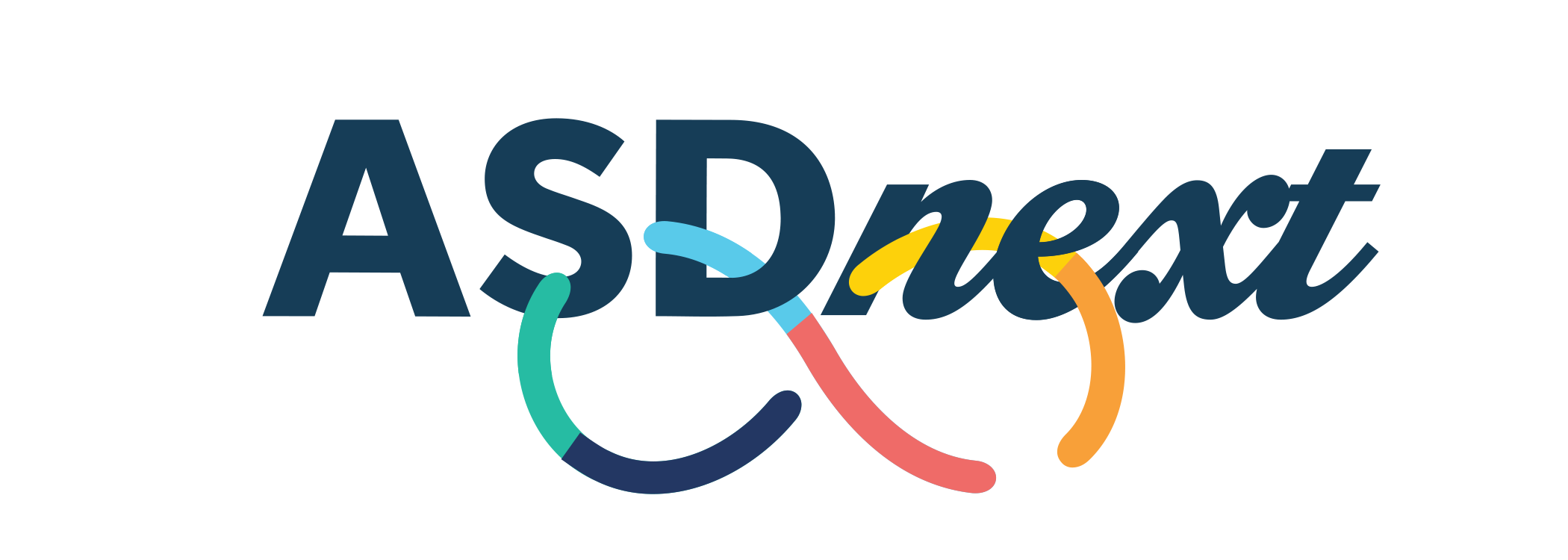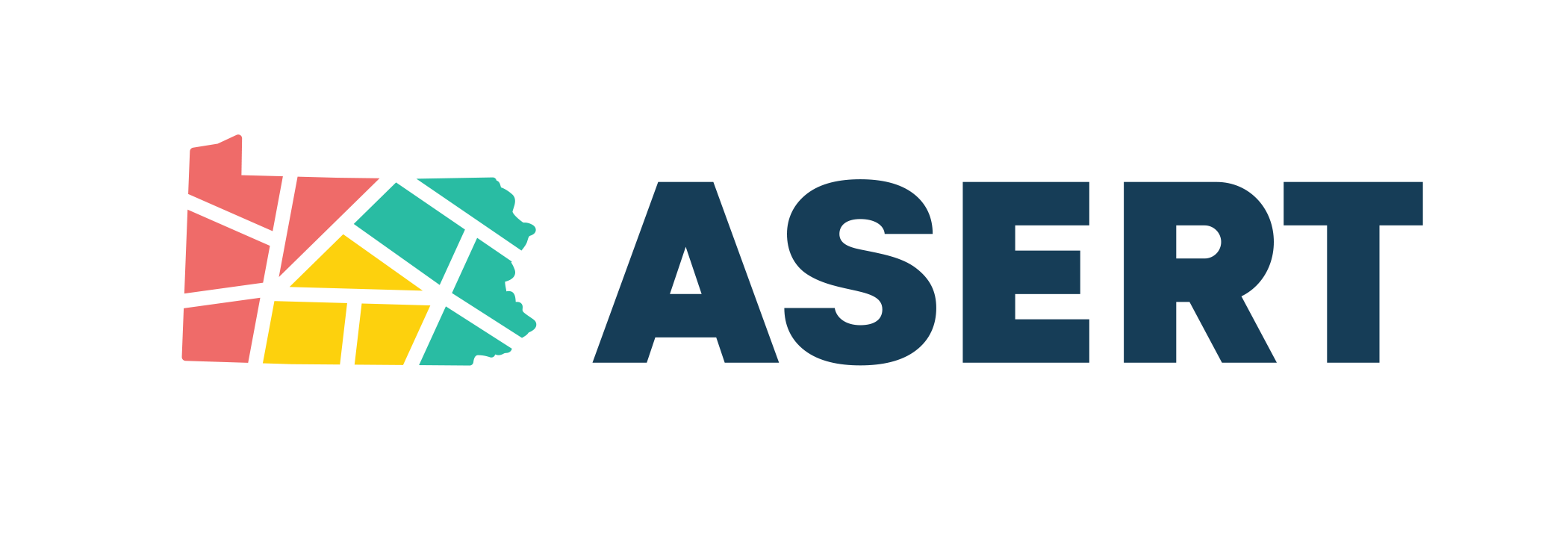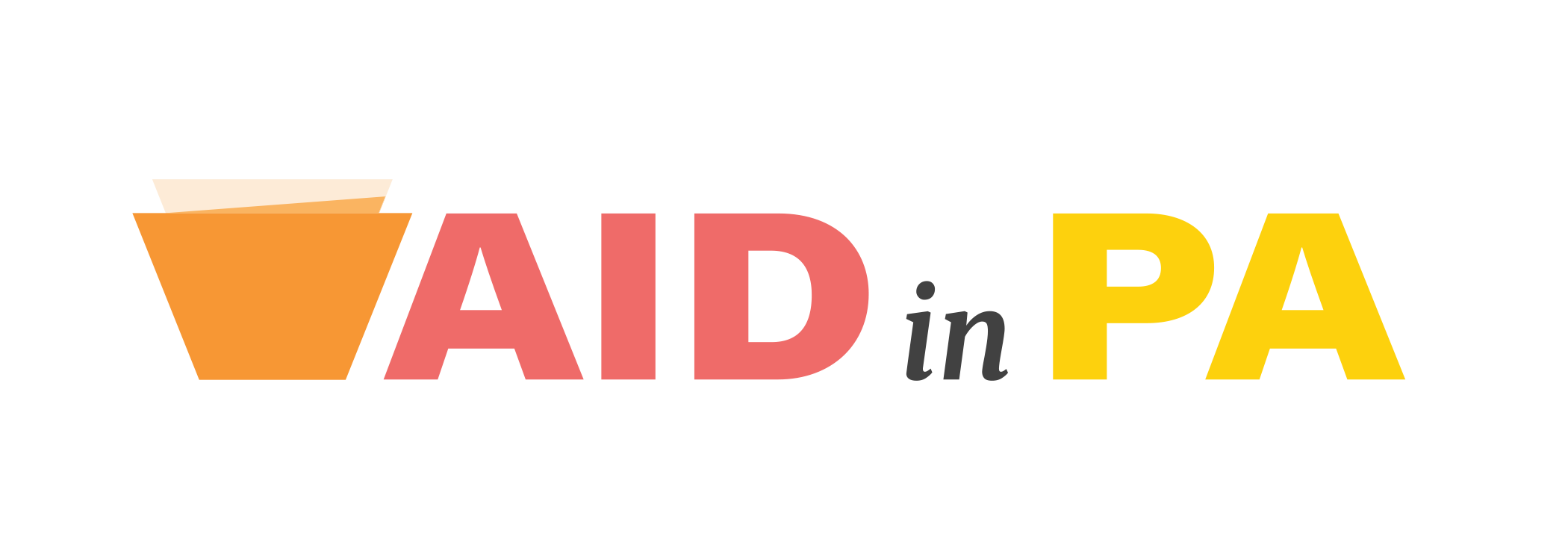Positive Approaches Journal, Volume 14, Issue 2
Positive Approaches Journal | 7-10

Volume 14 ► Issue 2 ► September 2025
Support Insights: How HCBS Help Create More Accessible Environments.
Molly Sadowsky and Conner Carlton
Many people with intellectual and developmental disabilities (IDD) require assistance with activities of daily living, including bathing, dressing, and eating.1 Most states provide Home and Community Based Services (HCBS) to assist with these tasks through Medicaid Waiver programs.2 Waiver programs may be designed to serve specific populations, such as older adults and people with disabilities, and often have medical and financial eligibility requirements. Each year, about 4.5 million people receive HCBS through 1915(c) or 1115 waivers, or through the Community First Choice option. Nearly all states provide HCBS waivers to people with IDD.1
In Pennsylvania, HCBS are provided to people with IDD through 1915(c) waivers, including the Adult Autism Waiver (AAW), Community Living Waiver, Consolidated Waiver, and Person/Family Directed Support Waiver (PFDS).3 As of February 2025, there were nearly 40,000 people enrolled across all intellectual disability and autism spectrum disorder (ID/A) waivers in Pennsylvania, including nearly 20,000 people receiving services through the Consolidated Waiver, over 13,000 receiving them through the PFDS waiver, and about 7,500 receiving them through the Community Living Waiver. Demand for wavier services remains high, with recent estimates indicating at least 13,000 people on the waitlist for services.3
Home accessibility modifications are covered under most HCBS waivers and are important in supporting health, safety, and independence for people with IDD. Most of the current housing stock lacks basic accessibility features like no-step entry, wide halls and doorways, and electric controls and switches.4 In 2021, it was estimated that across all states, only 1.5% of people with IDD enrolled in HCBS waiver programs received environmental modifications.5 In 2021, 314 people with IDD received environmental modification services in Pennsylvania, accounting for less than 1% of individuals enrolled in ID/A waivers. Statewide, Pennsylvania was projected to spend about $1.7 million on environmental modification services, which amounted to only 0.05% of all HCBS spending that year and about $5,000 per participant.5 The most common home modifications requested included ramps and/or lifts, widening doorways and hallways, bathroom modifications, specialized electrical and/or plumbing equipment for medical use, and grab bars and/or handrails.5
All HCBS programs in Pennsylvania provide Home Accessibility Adaptation Services for people with disabilities to increase accessibility in their homes. Each waiver program includes two categories of these services: 1) equipment, technology, and modifications and 2) home and/or vehicle accessibility adaptations. In Pennsylvania, ID/A waivers cover physical modifications to the primary residence of the waiver participant, including homes that are owned or leased by parents or relatives. Modifications must be specified in the participant’s Individual Support Plan as necessary for the participant to live with greater independence in their home. Home modifications include the cost of installation, repair, maintenance, and extended warranties for the modifications. For AAW and PFDS waiver participants, there is a $20,000 cap per participant over a 10-year period in the same home.
Inaccessible home environments for people with IDD may increase risk for adverse outcomes like falls and injuries and introduce barriers to independent and community-based living that HCBS waivers aim to support. Across all states, there is evidence suggesting that despite a potential need, few people with IDD receive environmental modifications through the HCBS waiver programs they are enrolled in, which may decrease community participation among people with IDD.6 Further research is therefore needed to understand the need for and receipt of environmental modifications for people enrolled in HCBS waiver programs in Pennsylvania.
References
1. Maiss M, Burns A, O’Malley Watts M. What is Medicaid Home Care (HCBS)? KFF. August 18, 2025. Accessed August 30, 2025. What is Medicaid Home Care (HCBS)?.
2. Home & Community-Based Services 1915(c). Centers for Medicare & Medicaid Services. Accessed August 30, 2025. Home & Community-Based Services 1915c.
3. Office of Developmental Programs (ODP). Annual Waiting List Report. Pennsylvania Department of Human Services. 2024.
4. Keglovits M, Stark S. Home Modifications to Improve Function and Safety in the United States. Journal of aging and environment. 2020;34(2):110-125. doi:10.1080/26892618.2020.1743510.
5. Friedman C, VanPuymbrouck L. Environmental Modifications for People With Intellectual and Developmental Disabilities: A Policy Analysis of Medicaid Home- and Community-Based Services. The American journal of occupational therapy. 2024;78(3). doi:10.5014/ajot.2024.050393.
6. Chong N, Akobirshoev I, Caldwell J, Kaye HS, Mitra M. The relationship between unmet need for home and community-based services and health and community living outcomes. Disability and health journal. 2022;15(2). doi:10.1016/j.dhjo.2021.101222.
Biography
Molly Sadowsky is a research scientist in the Policy and Analytics Center at the A.J. Drexel Autism Institute. Her research focuses on identifying barriers in access to care and the experiences of people with intellectual and developmental disabilities (IDD) across the life span. Molly is the Director of the ASERT Collaborative in the Eastern Region, leading community-anchored projects that focus on improving access to quality services, providing support to families, training professionals in best practices, and collaborating with community partners.
Contact Information
Molly Sadowsky, MPH
Policy and Analytics Center (PAC), A.J. Drexel Autism Institute, Drexel University
Research Scientist
Email: ms5359@drexel.edu
Telephone: 267.571.3209



